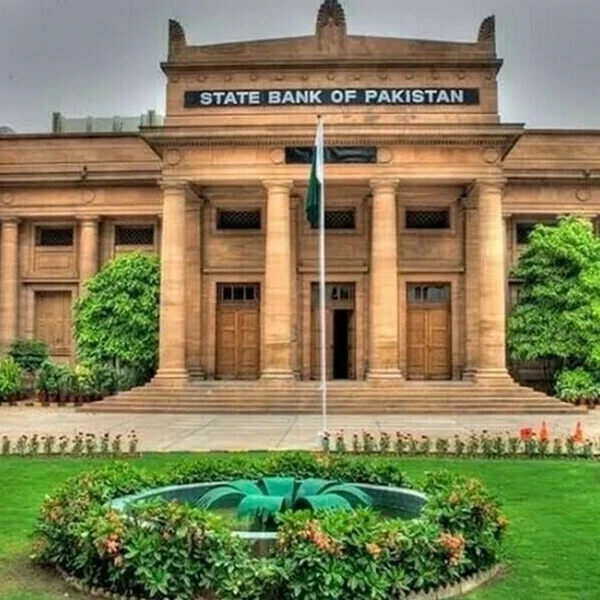Pakistan’s oil and gas output hits 20-year low amid RLNG oversupply, policy shifts
Domestic production declines 12% in oil and 8% in gas during FY25, costing over $1.2 billion in forex as reliance on imports grows
Business Desk
The Business Desk tracks economic trends, market movements, and business developments, offering analysis of both local and global financial news.

Pakistan’s oil and gas production fell to its lowest level in over two decades during the fiscal year ending June, as an oversupply of re-gasified liquefied natural gas (RLNG) and shifting energy policies curtailed domestic output, according to data released on Thursday.
Oil production declined by 12% year-on-year to an average of 62,400 barrels per day (bpd), while gas production dropped 8% to 2,886 million cubic feet per day (mmcfd). The slump intensified in the April-June quarter, with oil output down 15% and gas down 10% compared to the same period last year.
“The domestic upstream sector has been under considerable strain,” said Sania Irfan, energy analyst at Topline Securities. “The surplus RLNG in the system, combined with a significant shift of industrial captive users from gas to the national electricity grid, has squeezed demand for locally produced hydrocarbons.”
The government further reduced demand for domestic gas by imposing an off-grid levy of PKR 791 per mmbtu on captive power generation, bringing the total cost to PKR 4,291 per mmbtu, effectively making grid electricity cheaper than gas-based generation.
Major oil-producing fields, including Makori East, Nashpa, Maramzai, Pasakhi, and Mardankhel, saw annual production declines ranging from 3% to 46%. The Tal Block, which contributes approximately 17% of Pakistan’s oil output, posted a steep 22% year-on-year fall in the fourth quarter. Within Tal, Maramzai and Mardankhel fields recorded year-on-year declines of 54% and 52%, respectively.
Natural gas production was similarly impacted, with fields such as Qadirpur and Nashpa reporting declines of 36% and 34% in the fourth quarter, driven by curtailments from Sui gas distribution companies.
“This disruption has put pressure on the country’s external account, with estimated foreign exchange losses of over $1.2 billion during FY25 due to increased reliance on imported energy,” Irfan noted.
Looking ahead, domestic oil and gas flows are expected to remain under pressure in FY26, currently hovering at around 58,000-60,000 bpd and 2,750-2,850 mmcfd, respectively.
“Without structural reforms and a recalibration of energy pricing policies, production may continue to decline,” said Irfan. However, she pointed to a potential turning point in March 2026, when the government is expected to renegotiate the RLNG supply agreement with Qatar.
“A successful renegotiation could create breathing room for local exploration and production (E&P) companies and help restore domestic output,” she added.










Comments
See what people are discussing